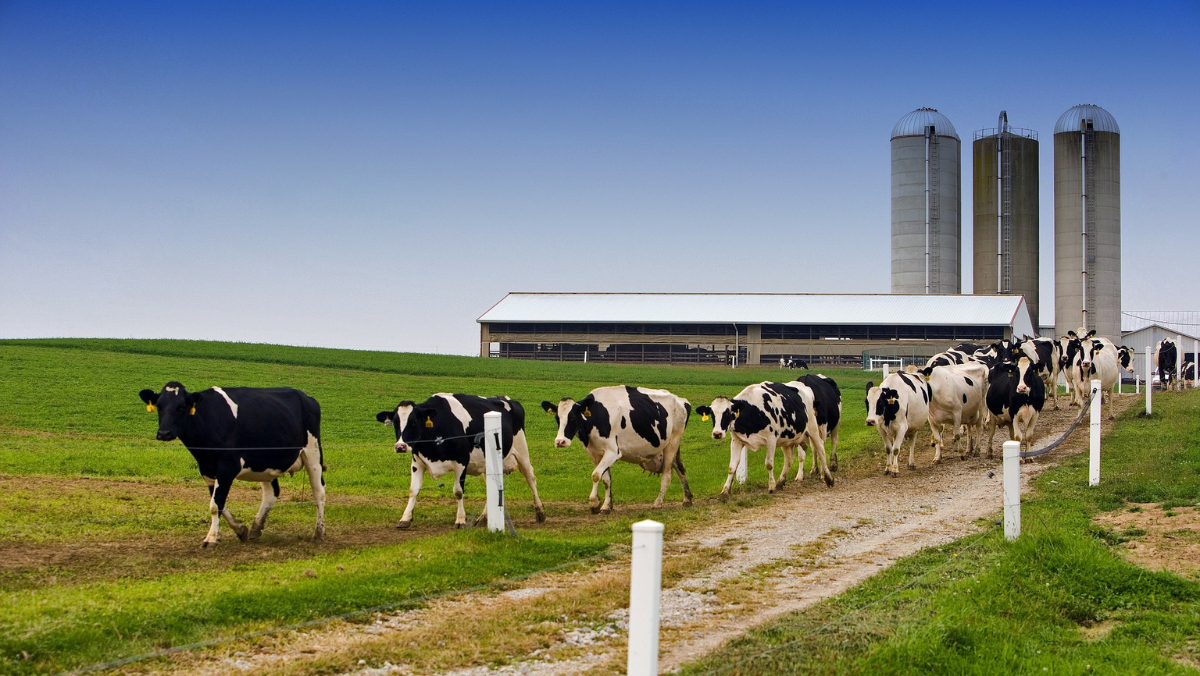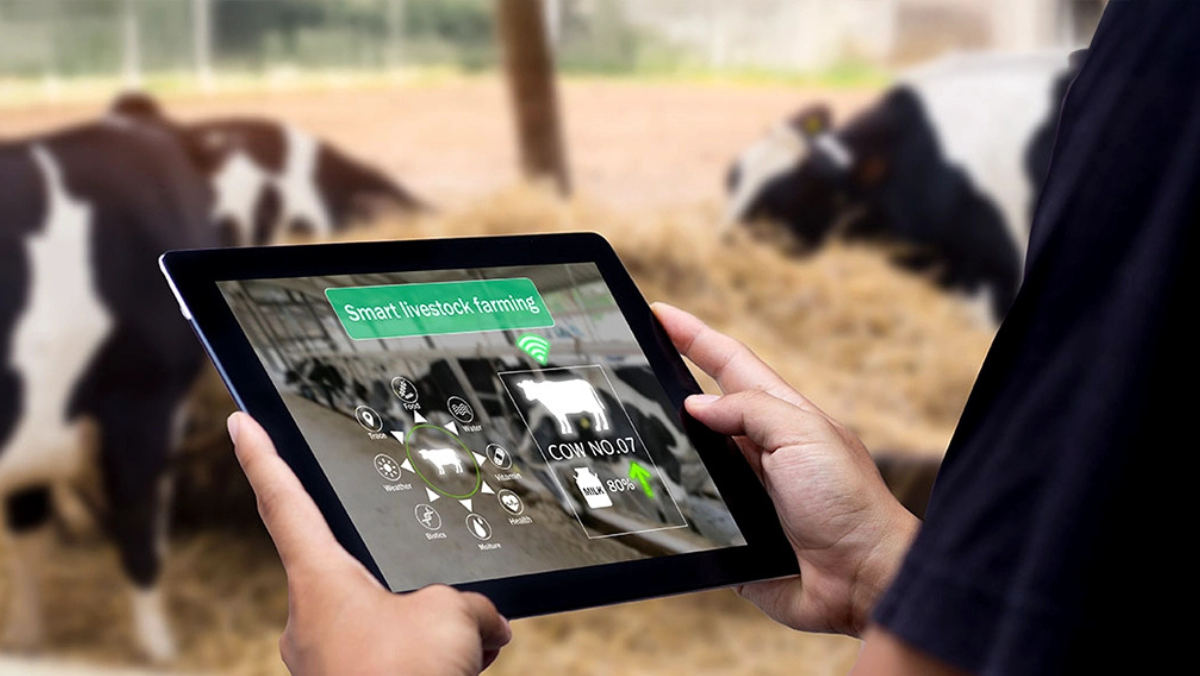INNOVATION
Moo-ving Fast: Smart Sensors Catch Dairy Disease Early
DeLaval's real-time milk sensors cut waste and antibiotic use, reshaping herd care across U.S. dairy farms.
3 Jun 2025

U.S. dairy farms are adopting new sensor technology designed to tackle mastitis, a common udder infection that causes major losses in milk production and revenue.
The BioSensors Milk Cell Analysis (MCA) system, developed by dairy equipment company DeLaval, uses inline sensors to detect inflammation early by measuring somatic cell counts in the milk flow. Unlike traditional lab tests, the system delivers real-time alerts during milking, allowing farmers to act immediately without disrupting routine operations.
"Mastitis is a major cost driver for dairy producers, and MCA gives them actionable insight at the point of milking," a DeLaval spokesperson said. "We're empowering farmers with tools that lead to better outcomes every day."
Early users have reported reductions in discarded milk and lower reliance on antibiotics, aligning with industry efforts to improve animal health while addressing regulatory pressure on antimicrobial use. The data-driven approach also appeals to consumers increasingly focused on transparency and animal welfare.
The introduction of MCA follows a wider trend toward precision technologies in agriculture. Many large farms already use automated feeding systems and climate controls. Health monitoring is emerging as the next step in operational efficiency and sustainability.
Adoption, however, is not without challenges. Smaller farms may be deterred by upfront costs, and the sensors require consistent calibration and maintenance. Industry groups are exploring cooperative models and shared ownership schemes to help overcome these obstacles.
Despite these barriers, uptake is increasing. As more farms integrate real-time monitoring, the sector is moving toward more proactive animal care and higher quality control. DeLaval's MCA system is seen by many in the industry as an early signal of how herd health could be managed in the coming decades.
The company says the technology is not a replacement for veterinary oversight but rather a support tool for early detection. With mastitis costing U.S. dairies billions annually, incremental improvements in prevention could have significant impact.
The wider use of milk-sensing tools marks a shift in how dairy farms operate, not only to reduce losses but to meet evolving consumer and regulatory expectations around food safety and farm management.
Latest News
16 Dec 2025
Can Worms Help Clean Up Dairy’s Methane Problem?12 Dec 2025
Fermentation Starts to Redraw the Map for US Dairy10 Dec 2025
AI drives rapid digital shift in global dairy sector24 Nov 2025
Smarter Cows, Sharper Choices
Related News

PARTNERSHIPS
16 Dec 2025
Can Worms Help Clean Up Dairy’s Methane Problem?

INNOVATION
12 Dec 2025
Fermentation Starts to Redraw the Map for US Dairy

TECHNOLOGY
10 Dec 2025
AI drives rapid digital shift in global dairy sector
SUBSCRIBE FOR UPDATES
By submitting, you agree to receive email communications from the event organizers, including upcoming promotions and discounted tickets, news, and access to related events.